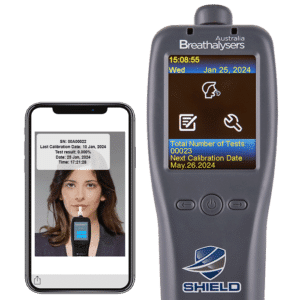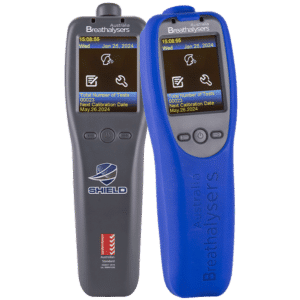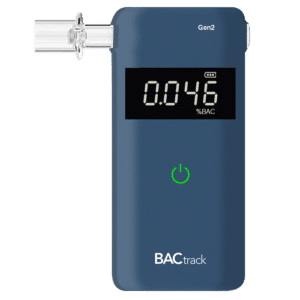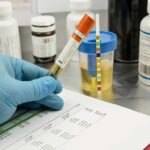EtG Urine Test vs Breath Test for Alcohol Detection
06 July, 2023
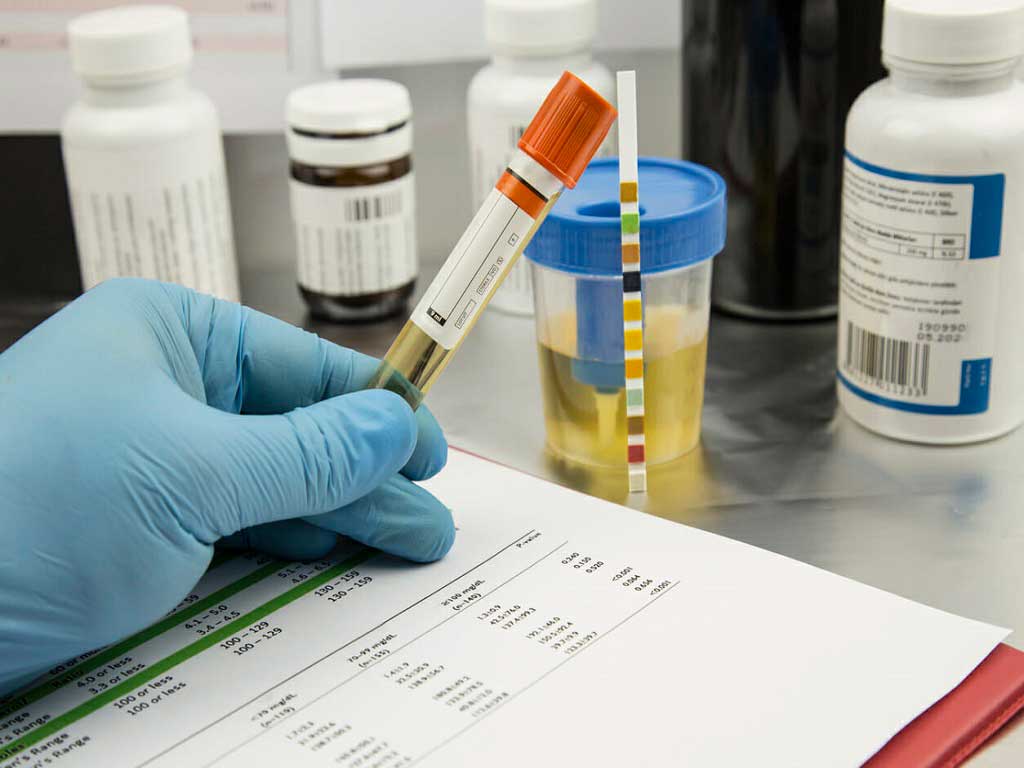
When it comes to alcohol detection, there are various methods available. Two commonly used methods are EtG urine test and the breath test. EtG tests detect Ethyl Glucuronide (EtG), a byproduct of ethanol, as a process of metabolism. It is mainly found in urine, but traces are also present in blood, saliva and hair. On the other hand, a breath test is a non-invasive method of measuring Blood Alcohol Content (BAC).
Alcohol is an addictive substance that can lead to a disorder. Excessive consumption can also lead to severe impairment in perception, reasoning, and motor functions. Consequently, it is one of the leading causes of accidents and injuries. For these reasons, alcohol testing has become an essential part of many institutions. In this article, we will compare the alcohol testing methods with urine and breath, their limitations, and their various considerations.
What is an EtG Urine Test?
EtG urine test is a specialised test for detecting ethanol metabolites through various specimen samples. EtG is formed after ethanol binds with the enzymes in the liver and excretes in urine. The test is highly sensitive in that it can trace the substance despite a small alcohol intake. Thus, it is a reliable and accurate method of indicating alcohol use.
The test can trace EtG for 48 hours after consumption. However, heavy drinking can make the metabolites stay in the urine for up to 80 hours. This extended period of detection is suitable for situations requiring confirmation of alcohol use. It is common in legal proceedings, probation programs, and abstinence monitoring.
Performing this test is the same as traditional urine tests. The person provides a sterile urine sample and submits it to a laboratory for analysis. The procedures use advanced techniques to determine EtG levels in the specimen. In contrast to rapid urine screening, it provides quantifiable results instead of qualitative outputs.
Limitations
- EtG tests have a tendency to produce false positives. Exposure to medications, products containing alcohol, and environmental factors can affect the results.
- Inability to distinguish between recent and past alcohol use. The effects of alcohol may wear off, but the metabolites remain in the system.
- Individual variables. The results may vary with factors like the amount of intake, the time of last consumption, and metabolism.
- Ceiling effect. Drinking above the limit will not raise EtG more than the maximum measurable amount.
- Lack of standardisation. Each laboratory can have different cutoff levels or thresholds for determining a positive result.
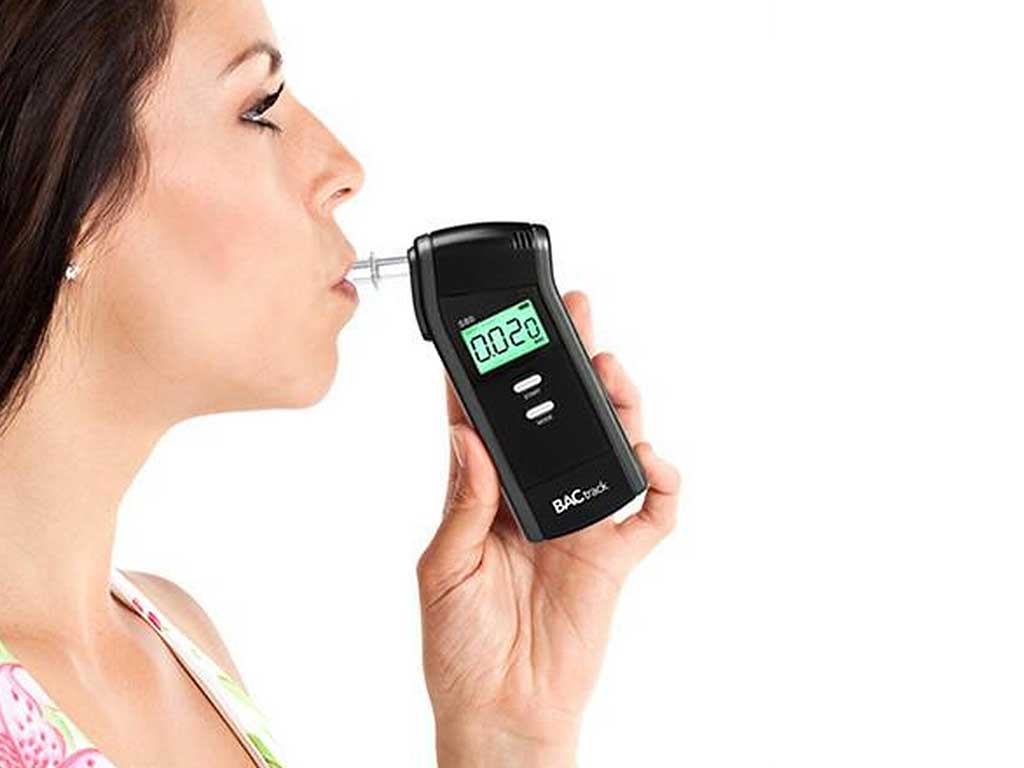
How Does a Breath Test Compare to EtG Urine Test?
An alcohol breath test is the process of examining deep lung air through a breathalyser device to estimate the BAC. While EtG urine test and breath test both detect alcohol use, they differ in several ways. A breath test provides the current alcohol or intoxication level of a person, while an EtG test measures the metabolites over a longer period.
The BAC is the amount of alcohol in the bloodstream. After consumption, it declines at a steady rate. It is detectable in breath for an average duration of 12 to 24 hours, depending on the volume of intake. Moreover, a breathalyser examines the alcohol molecules that vaporise in the lungs after a few minutes of ingestion.
Performing a breath test is straightforward. Simply turn on the breathalyser and wait for the start signal. Once ready, blow steadily to the device for six seconds or longer. Then, wait for the BAC results to display on the screen or a smartphone. The process completes within a few seconds. It does not need professional supervision or laboratory procedure.
Considerations
Alcohol is detectable in breath after 15 minutes. Thus, it is vital to wait for this period after eating, drinking, or smoking to ensure accurate results. Additionally, always use a new mouthpiece and avoid sharing them with others. It is also susceptible to false positives if the individual does not follow the guidelines for breath testing.
Other essential factors to consider are the time of last consumption versus the time of testing, calibration of the device, and sensor type. Breathalysers require periodic recalibration to maintain sensor accuracy. Lastly, they use either semiconductor or fuel cell sensors which vary in performance.
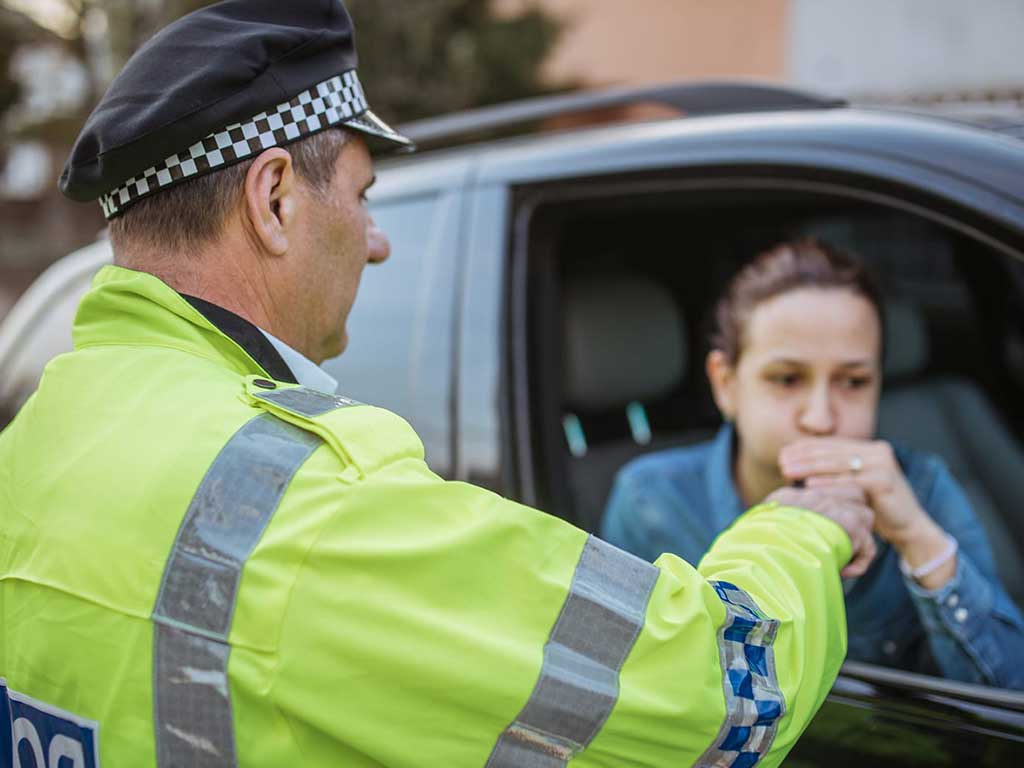
EtG Urine Test vs Breath Test – Which One to Choose?
When deciding between EtG urine test and a breath test, it is important to consider the specific circumstances of the situation. The EtG urine test is suitable for monitoring alcohol use within the last few days. It is common in rehabilitation centres to check if the patients have been drinking or abstaining and to assess their progress.
On the other hand, a breath test provides an accurate reading of a person’s current alcohol level. It is convenient in workplaces to check employees working under the influence of alcohol. Therefore, employers can identify workers posing safety risks and make informed decisions. Additionally, it gives the exact BAC levels to assess the severity of intoxication.
A breathalyser is cost-efficient in situations testing for current impairments. Hence, it is beneficial for individuals to monitor their BAC during alcohol consumption. It helps prevent the BAC from reaching hazardous levels and deter drink driving. Overall, both methods must follow the proper test guidelines to get accurate results and avoid false positives.
Benefits of Alcohol Testing
Alcohol and urine tests are conducted in many settings for various reasons. It is common on the roadside and in workplaces where there is a high risk of accidents due to alcohol consumption. Firstly, it helps improve safety in critical areas. Secondly, it increases productivity and protects companies from legal liabilities.
Thirdly, it helps employers hire suitable candidates for safety-sensitive positions. Companies with alcohol policies reported a significant reduction in accidents than those that did not test. Lastly, alcohol testing serves as a deterrent for alcohol abuse. Therefore, it is essential to know the purpose of the test to choose the right method.
Conclusion
EtG urine test is reliable for determining alcohol use within the last 48 to 80 hours of consumption. It detects ethyl glucuronide, the direct byproduct of ethanol and enzymes in the liver. Thus, its presence in urine testing indicates recent exposure to alcohol. It is valuable in alcohol abstinence programs, such as rehabilitation and DUI probations. Moreover, it uses advanced laboratory procedures for accurate results. This test is available through testing facilities.
On the other hand, a breath test is convenient and cost-efficient. It detects alcohol present in the air expelled from the lungs, which indicates the current BAC levels of an individual. It is suitable for roadside testing and workplaces to identify impaired workers or drivers. Individuals may also use personal devices to manage their alcohol intake. They are non-invasive and give results in seconds. Personal breathalysers like BACtrack are available at Breathalysers New Zealand.



















